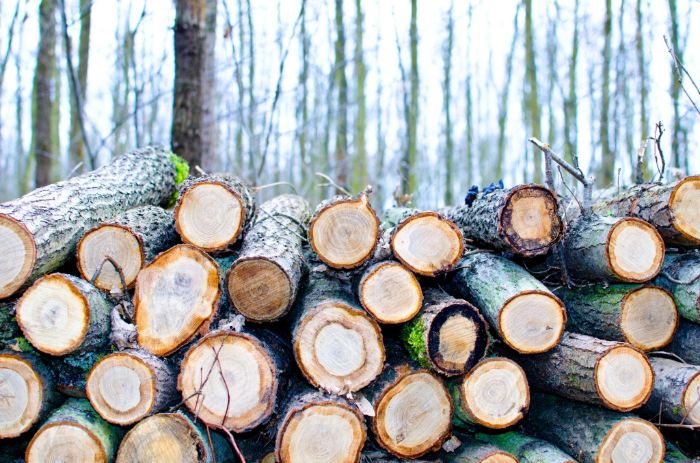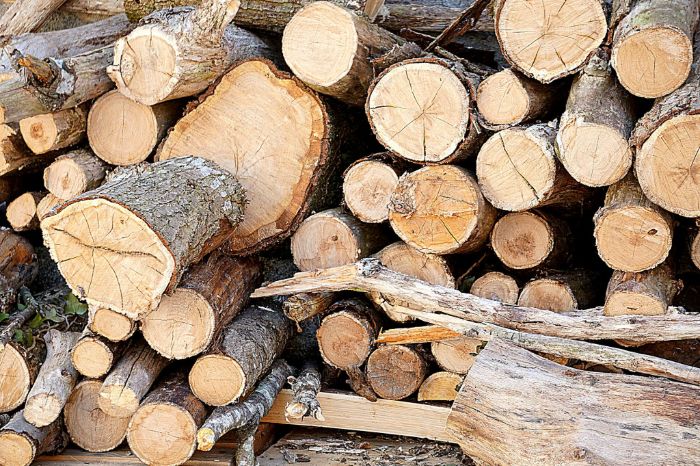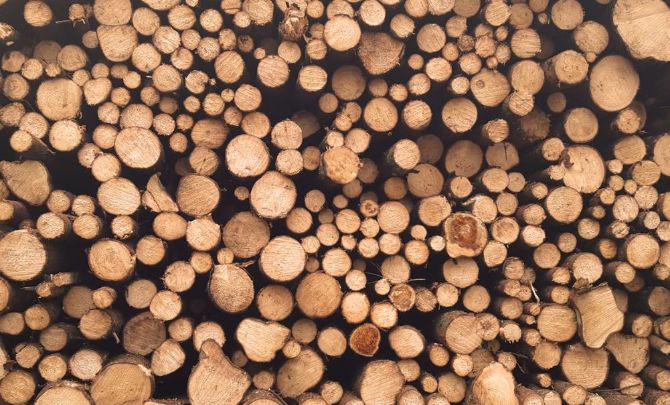Sustainable timber has become more than just a buzzword in design and construction. It’s a commitment to long-term thinking, responsible resource use, and lower environmental impact.

As building and manufacturing sectors continue to search for ways to reduce their carbon footprint, timber sourced from well-managed forests stands out. Beyond being renewable, sustainable timber brings ecological, economic, and social value to any project. This approach doesn’t just serve today’s needs—it helps protect tomorrow’s world.
Protecting Biodiversity Through Sustainable Practices
Forests host more than 80% of the planet’s terrestrial species, making their preservation crucial. When timber is harvested from certified sustainable sources, it helps safeguard habitats that would otherwise be lost to uncontrolled logging or land conversion. Biodiversity thrives in forests that are managed with care, as responsible harvesting avoids large-scale destruction and allows ecosystems to regenerate naturally. In regions where forestry is a livelihood, sustainable practices create economic incentives to protect native flora and fauna. Middle-tier companies and global suppliers have responded by offering traceable wood sources that align with ecological goals. Materials like Industrial Timber by Olam are sourced through biodiversity-conscious operations that include selective logging, controlled rotation cycles, and reforestation programs. These methods not only conserve biodiversity but offer builders peace of mind knowing their materials don’t come at nature’s expense.
Reducing Carbon Footprints in Construction
Timber is a naturally carbon-sequestering material. Trees absorb carbon dioxide as they grow, and when timber is used in buildings, that carbon remains stored for the lifespan of the structure. Compared to steel or concrete, wood carries a much lighter environmental load, requiring less energy to process and transport.
Using sustainable timber means that each harvested tree is part of a regenerative cycle. Forests are replanted, and carbon absorption continues in the next generation of growth. This cycle plays a meaningful role in climate change mitigation efforts. For architects and developers aiming to meet low-carbon standards, timber provides both functional and ecological advantages.
Prefabrication methods have further reduced emissions in timber construction. Engineered wood products such as cross-laminated timber (CLT) allow precise cuts and less waste. Combined with thoughtful supply chains, these innovations help shrink emissions from construction sites and material handling.
Supporting Local Economies and Responsible Trade
The global timber industry intersects with a wide range of communities, many of which rely on forest-related work for their livelihoods. When wood is sourced from certified forests, it creates jobs that support rural economies without stripping ecosystems of their long-term value.
Responsible timber trade encourages better labor conditions, fair wages, and investment in worker training. Sustainable certifications often require compliance with ethical standards, ensuring workers are protected and communities benefit from the forest’s continued existence.
For buyers and developers, this translates into stronger supply chain transparency. Choosing certified sustainable wood signals support for not just environmental goals, but economic ones too. Local communities gain incentives to preserve forests when their livelihoods are tied to long-term forest health rather than short-term extraction.
Improving Long-Term Project Value
Materials play a defining role in the durability and perception of any building. Sustainable timber doesn’t just offer a smaller environmental footprint—it brings lasting quality. High-grade wood that’s responsibly sourced tends to be stronger, more consistent, and better treated against pests or decay.
Using timber with a documented origin also reduces legal risks. In many regions, building codes and procurement policies are tightening around deforestation and illegal logging. Projects that fail to comply may face delays or penalties. Timber that meets international sustainability certifications offers reassurance against regulatory setbacks.
For clients or investors, projects built with sustainable timber demonstrate a commitment to environmental responsibility. This can elevate property value and improve public perception, especially in markets increasingly driven by environmental, social, and governance (ESG) criteria.
Encouraging Better Design Through Renewable Materials

Working with sustainable timber opens up new creative possibilities. Wood’s adaptability allows for a wide range of structural and aesthetic applications, from exposed beams in residential homes to large-scale commercial frameworks.
Architects and engineers often find inspiration in the natural look and feel of wood. But its value isn’t only visual. Renewable timber products like glulam and CLT offer structural capabilities once dominated by steel and concrete. These materials allow for wide spans, curved forms, and high load-bearing strength without compromising on sustainability.
The availability of certified wood encourages design professionals to rethink their material palettes. By integrating timber into their plans, designers support sustainable forestry through demand and help raise awareness across the industry.
Sustainable timber is more than an ethical choice—it’s a strategic one. As industries evolve, sustainable timber stands as a natural, efficient, and enduring way forward for projects that care about their impact on people, the planet, and the future.
